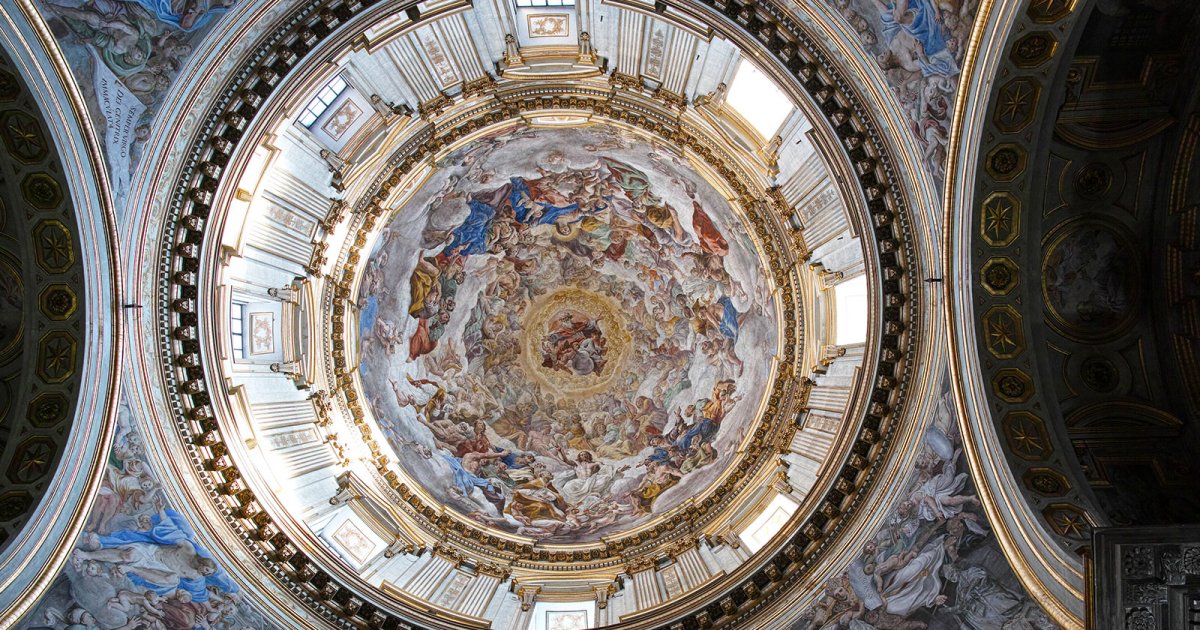CATHEDRAL, St. Januarius Chapel
 Language: English / USA
Language: English / USA
As I mentioned, the Chapel of Saint Januarius belongs to the City of Naples and not to the Church: in fact, in 1527 it was the city of Naples that asked for the patron's protection following the war between France and Spain, when it was oppressed by a terrible famine and plague.
With as much as a notarized act, the city formulated the solemn promise to build a new chapel in honor of the saint to replace the actual, narrow and uncomfortable chapel. Eighty years later, a commission of 12 members was appointed to keep the ex-voti. Its construction began in 1608, but ended in the middle of the century. Its decoration was entrusted to a well-established Emilian painter, Domenico Zampieri, who was called Domenichino; in addition to the paintings on the copper of the side altars, he painted almost all the frescoes, which of course were inspired by the miracles of Saint Januarius. You can see them in the lunettes, under the arches, and in the triangles at the base of the dome. When Domenichino died suddenly, he was replaced by another Emilian painter, Giovanni Lanfranco, who frescoed the dome with Paradise populated by an infinity of figures.
Look around: the decorations of the 17th-century chapel are of unparalleled richness. Admire the silver statues, an extraordinary example of Baroque goldsmith art: there are 53, one for each of the other patron saints of Naples besides Saint Januarius. In fact, Naples is the Italian city with the most holy patrons, hands down!
Now note the two large silver candlesticks in the altar area; they're called "Splendori", or splendors, and are from the mid-1700s. The high altar in porphyry is also from the 1700s, behind which the blood ampoules are kept.
If you want to see the silver bust of Saint Januarius, you'll have to visit the Museum of the Treasure of Saint Januarius, which is an interesting collection of sacred art right next to the Cathedral. The bust is a wonderful example of Gothic goldsmith's art that was commissioned to three Provencal goldsmiths by Charles of Anjou at the beginning of the 14th century; the saint's headgear called "mitra" has nearly 3,700 precious stones.
FUN FACT: the silver bust of Saint Januarius that is displayed during the holidays actually contains a real part of his body: his skull bones, which are placed exactly at the corresponding points of the bust!



